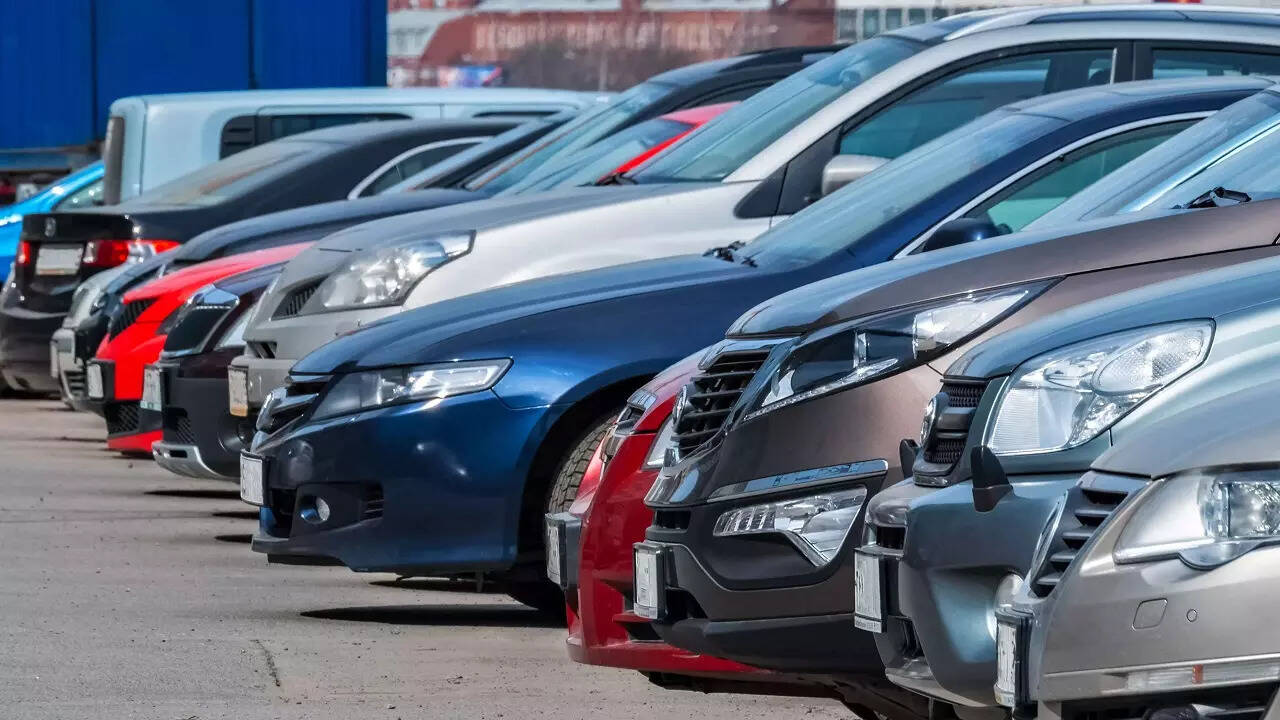
About 180 km south of Oslo, along a highway lined with pine and birch trees, a shiny fuelling station offers a glimpse of a future where electric vehicles rule. Chargers far outnumber gasoline pumps at the service area.
Marit Bergsland, who works at the store, has had to learn how to help frustrated customers connect to chargers in addition to her regular duties flipping burgers and ringing up purchases of salty licorice.
Last year, 80% of new-car sales in Norway were electric, putting the country at the vanguard of the shift to battery-powered mobility. It has also turned Norway into an observatory for figuring out what the EV revolution might mean for the environment, workers and life in general. The country will end the sales of internal combustion engine cars in 2025.
Norway’s experience suggests that EVs bring benefits without the dire consequences. There are problems, including unreliable chargers and long s waits during high demand. But the air in Oslo, Norway’s capital, is measurably cleaner. The city is also quieter as noisier gasoline and diesel vehicles are scrapped. Oslo’s greenhouse gas emissions have fallen 30% since 2009, yet there has not been mass unemployment among gas station workers, and the electrical grid has not collapsed.
Norway began promoting EVS in the 1990s to support Think, a homegrown electric vehicle startup. Battery powered vehicles were exempted from value-added and import taxes and from highway tolls. The government also subsidised the construction of fast charging stations. The combination of incentives and ubiquitous charging “took away all the friction factors,” said Jim Rowan, the CEO of Volvo Cars.
The policies put Norway over a decade ahead of the US. The Biden administration aims for 50% of new vehicle sales to be electric by 2030, a milestone Norway passed in 2019. r A few feet from a highway that b skirts Oslo’s waterfront, metal c pipes jut from the roof of a prefabricated shed. The building measures pollution from the traffic zooming by. Levels of nitrogen oxides, byproducts of burning gasoline and diesel, have fallen sharply.
But there is still a problem. Oslo’s air has unhealthy levels of microscopic particles gene- rated partly by the abrasion of tires and asphalt. EVs, which account for one-third of the registered vehicles in the city but a higher proportion of traffic, may even aggravate that problem. Another problem: Residents say finding a place to plug in their cars is a challenge.
Electric vehicles are part of a broader plan by Oslo to reduce its carbon dioxide emissions to almost zero by 2030. All city buses will be electric by the end of the year. If anyone has to worry about their jobs, it’s car dealers. The almost complete disappearance of gasoline and diesel vehicles from showrooms has re- ordered the industry.

